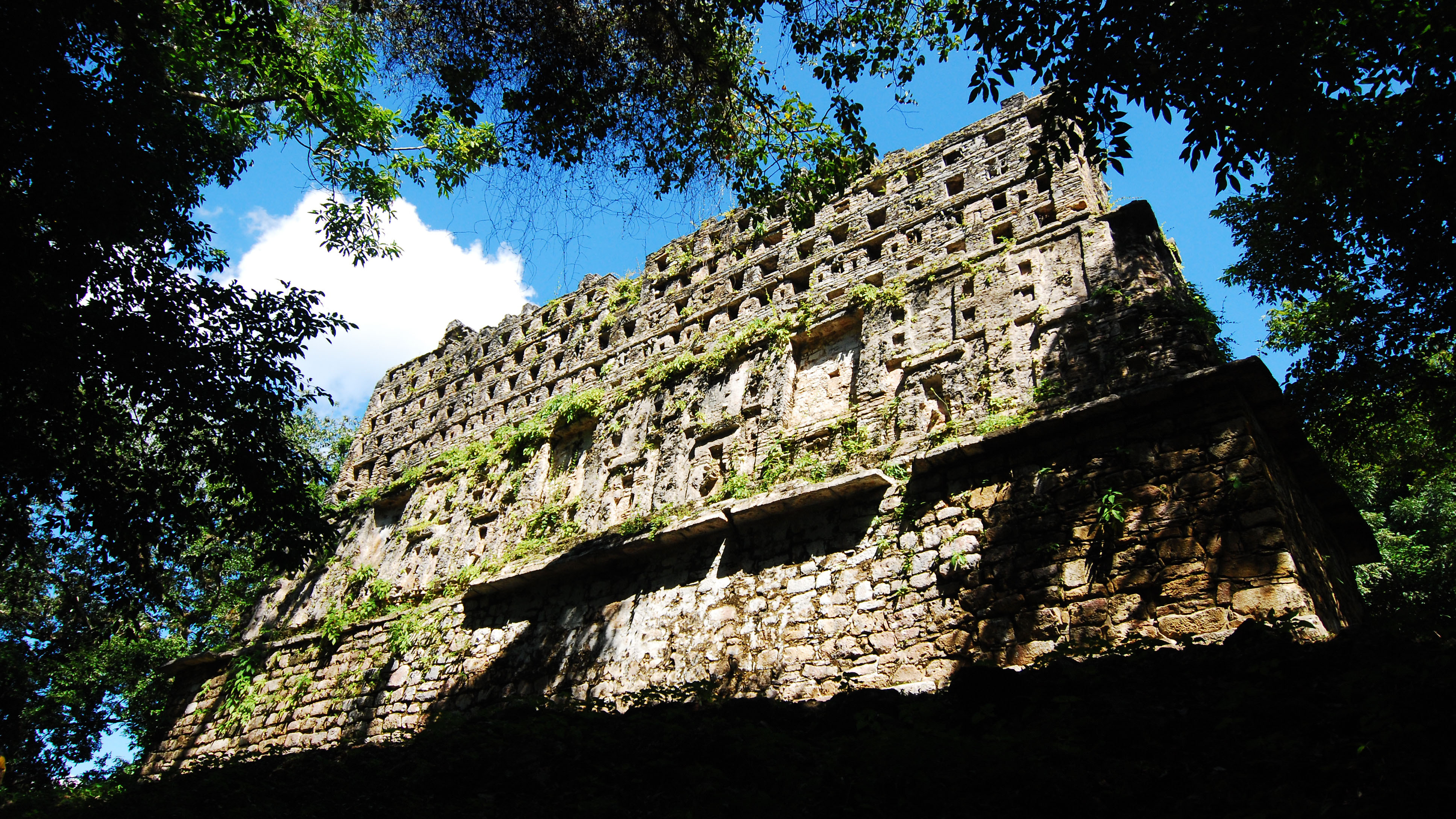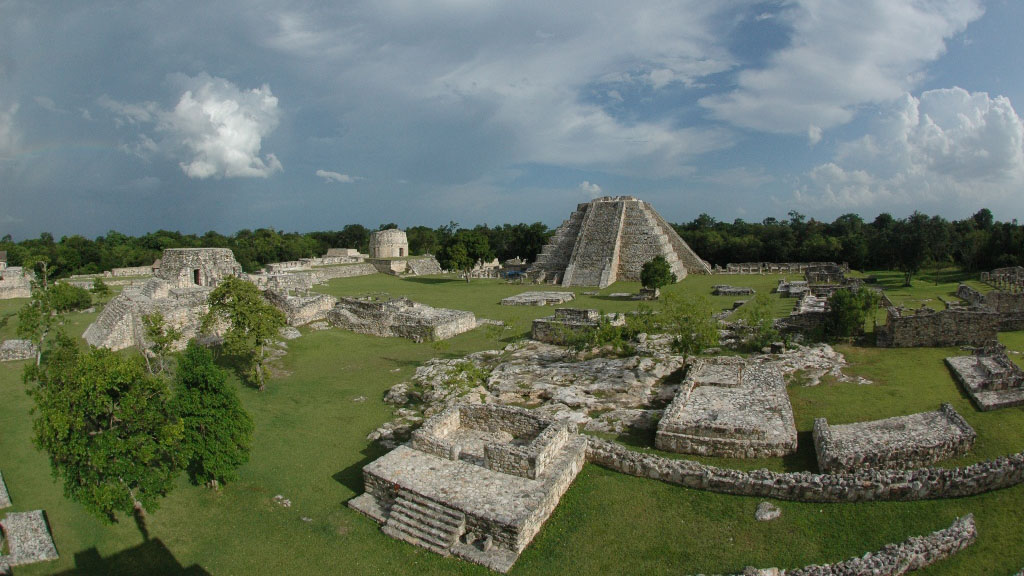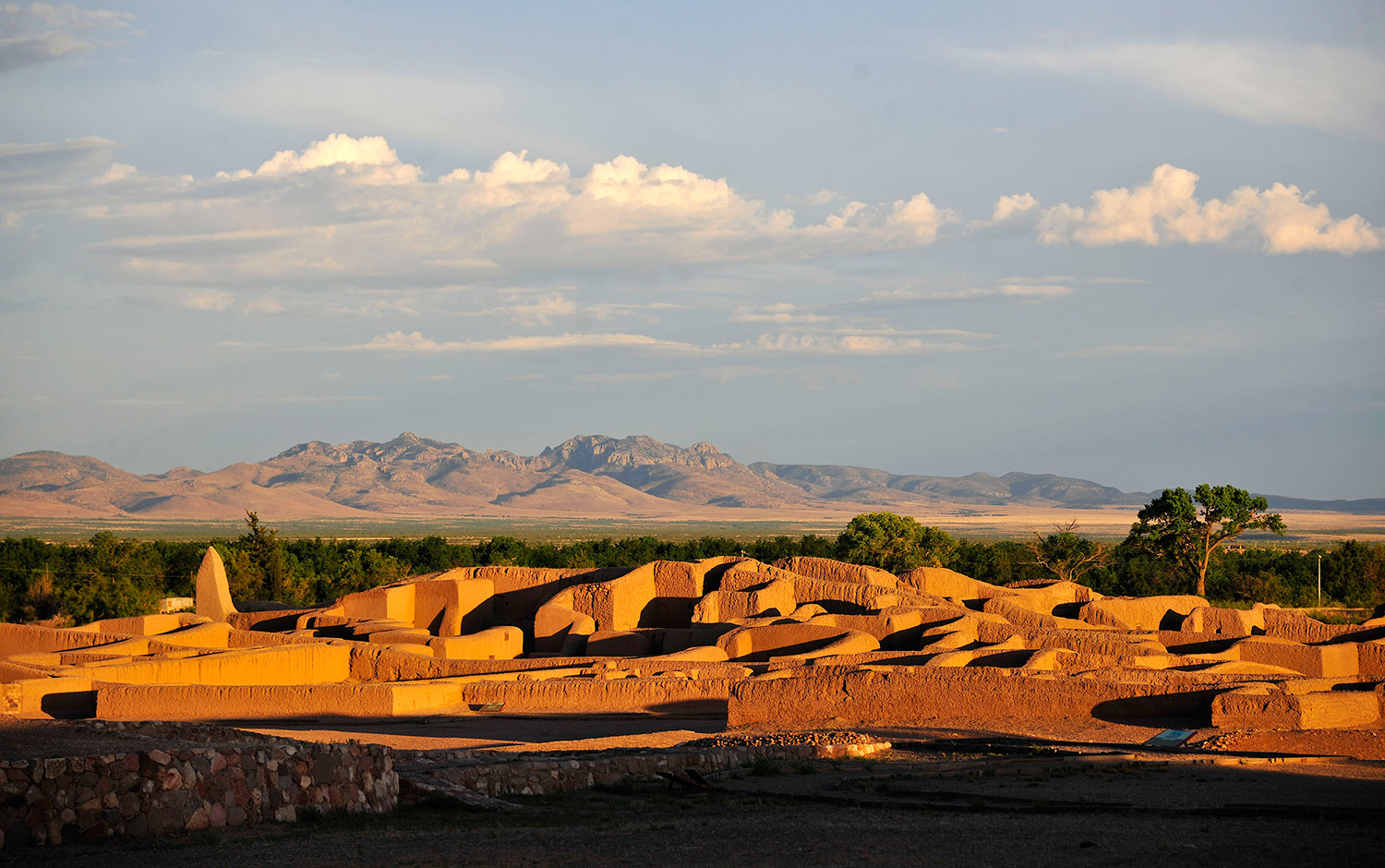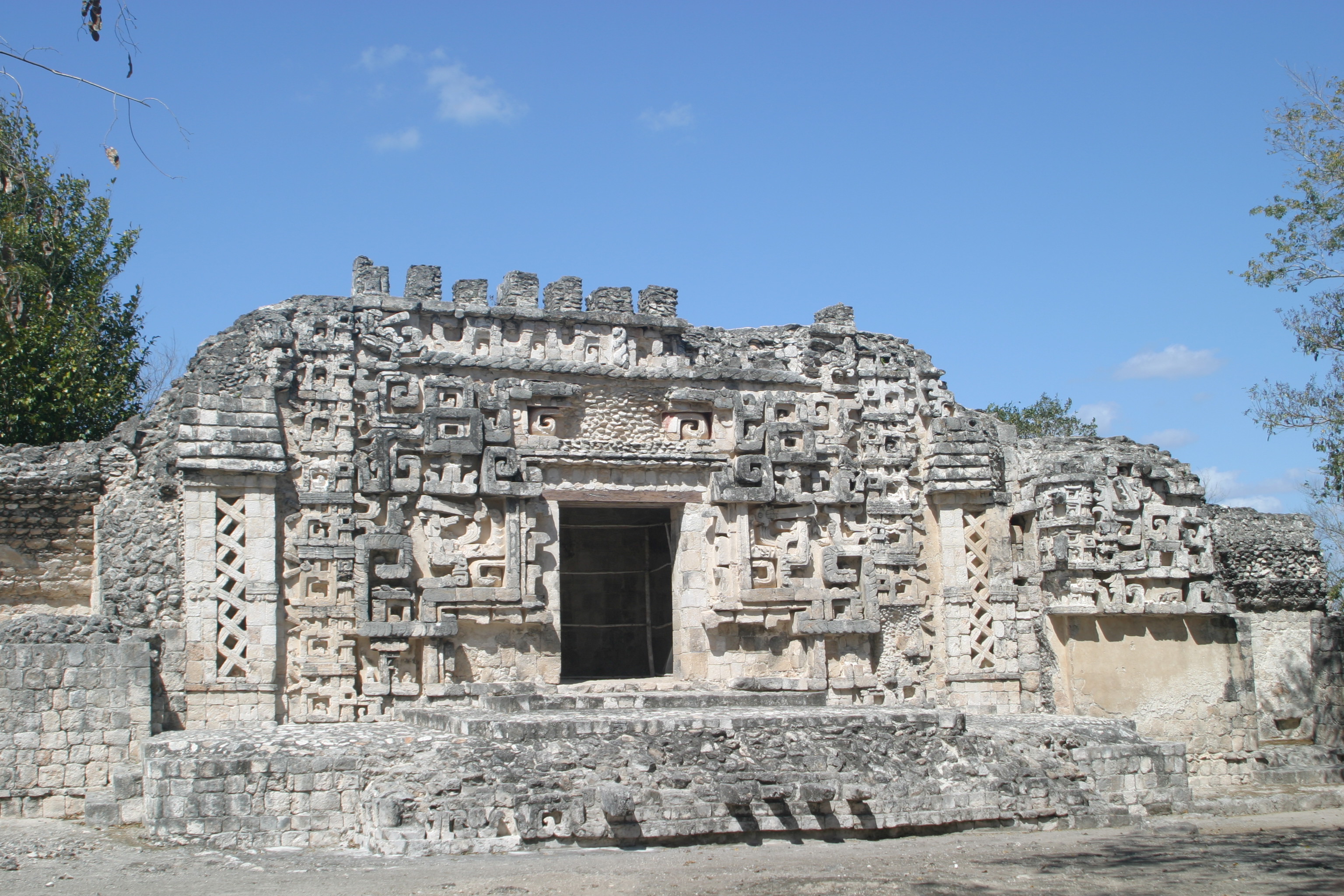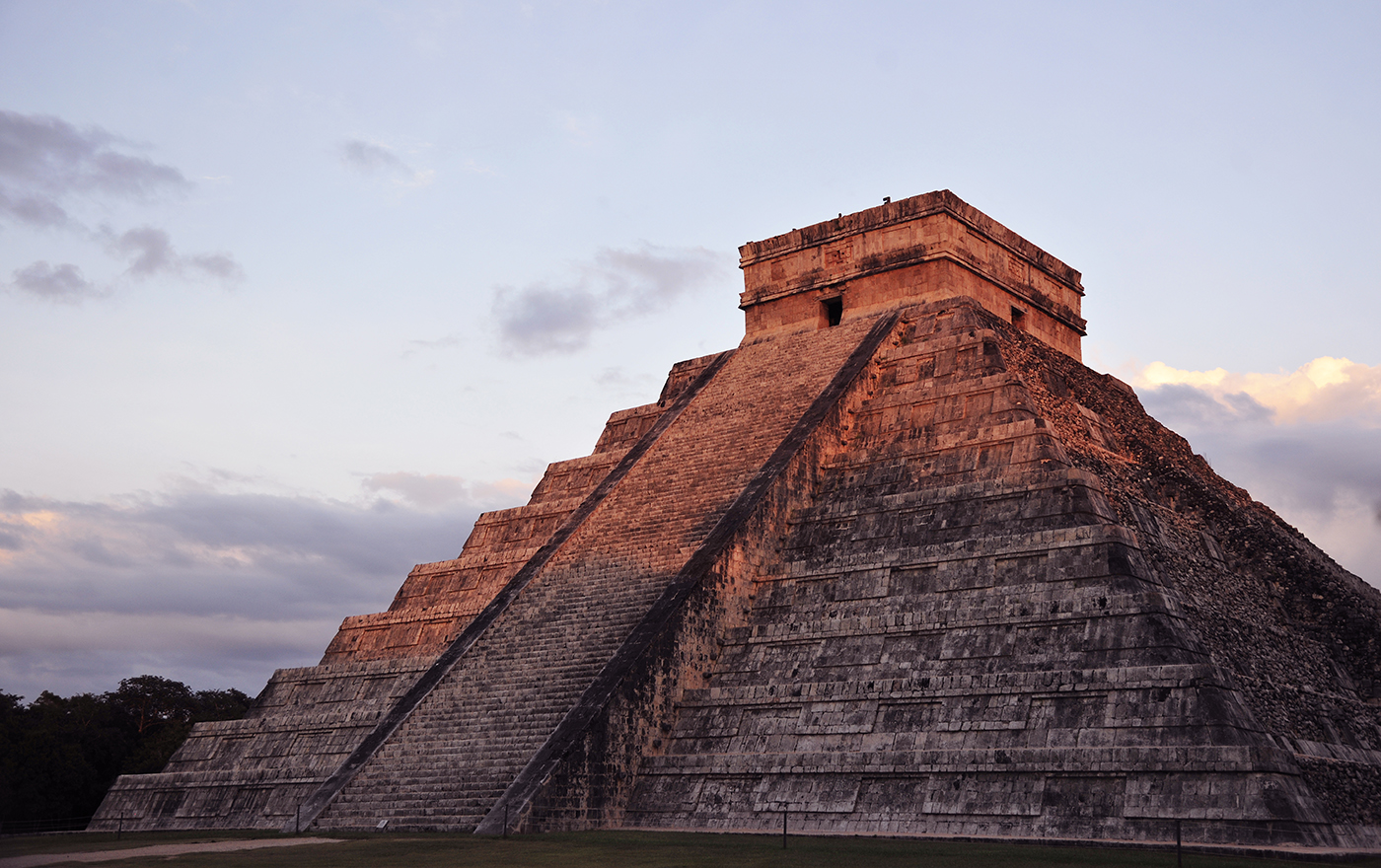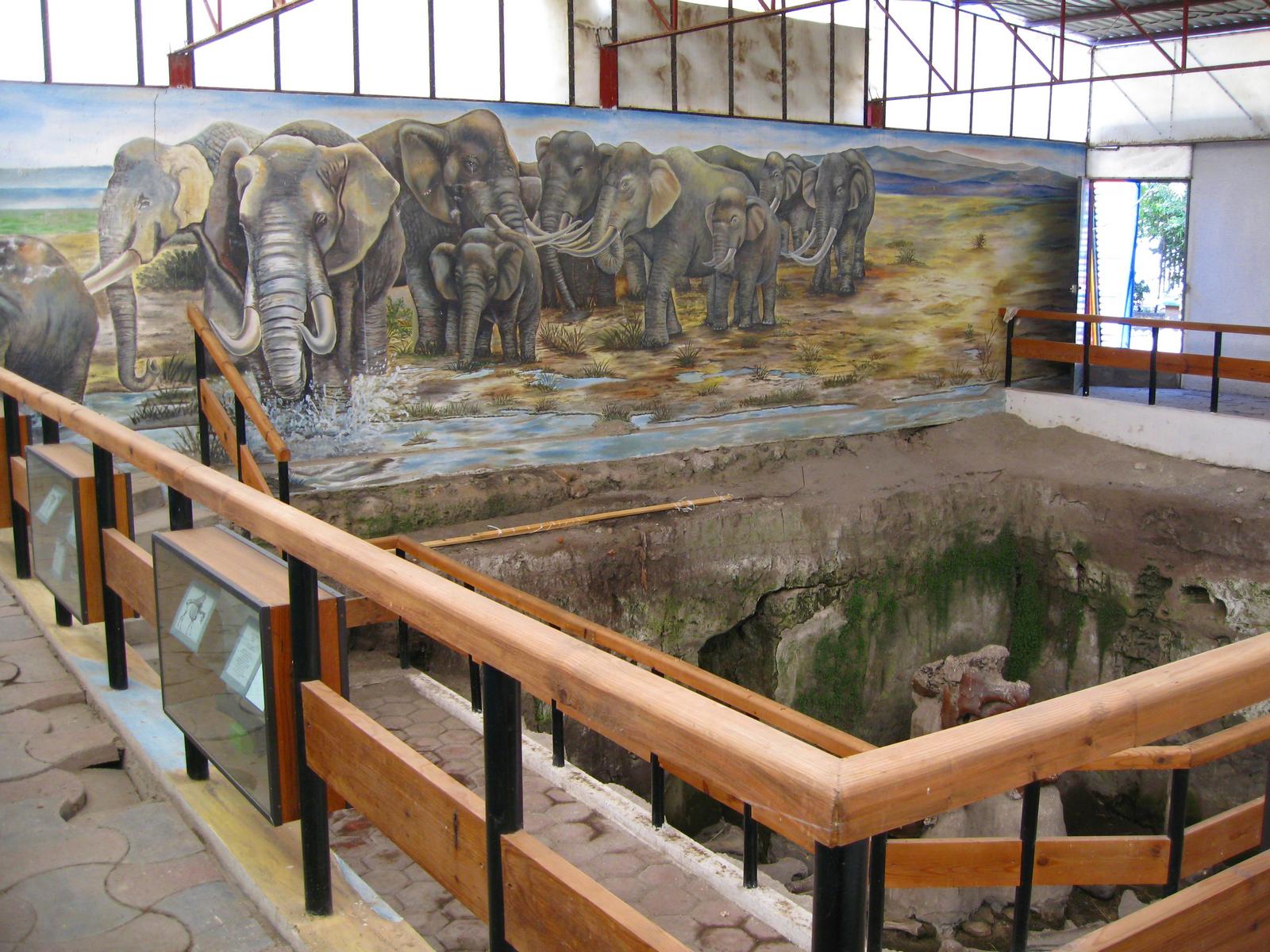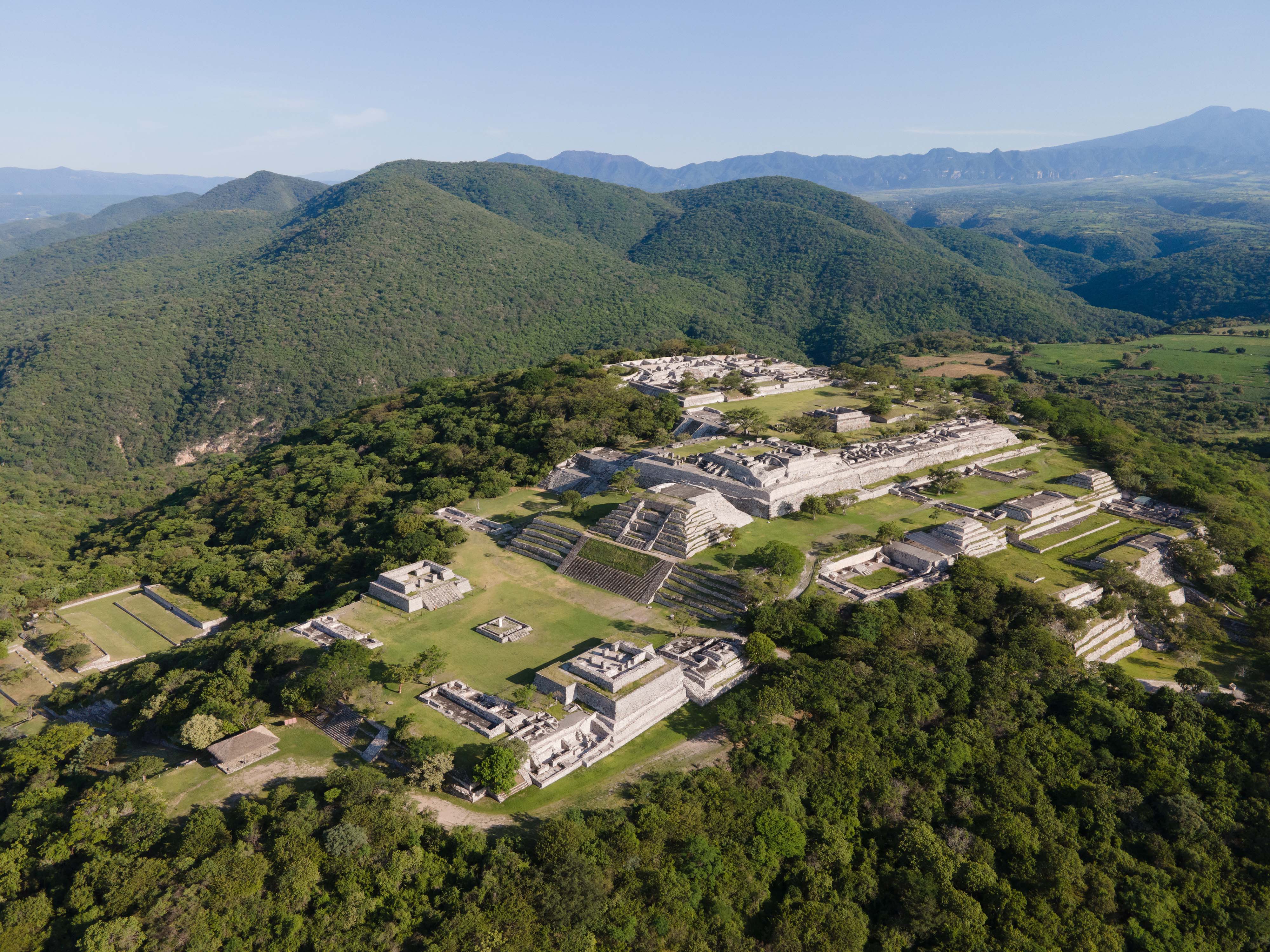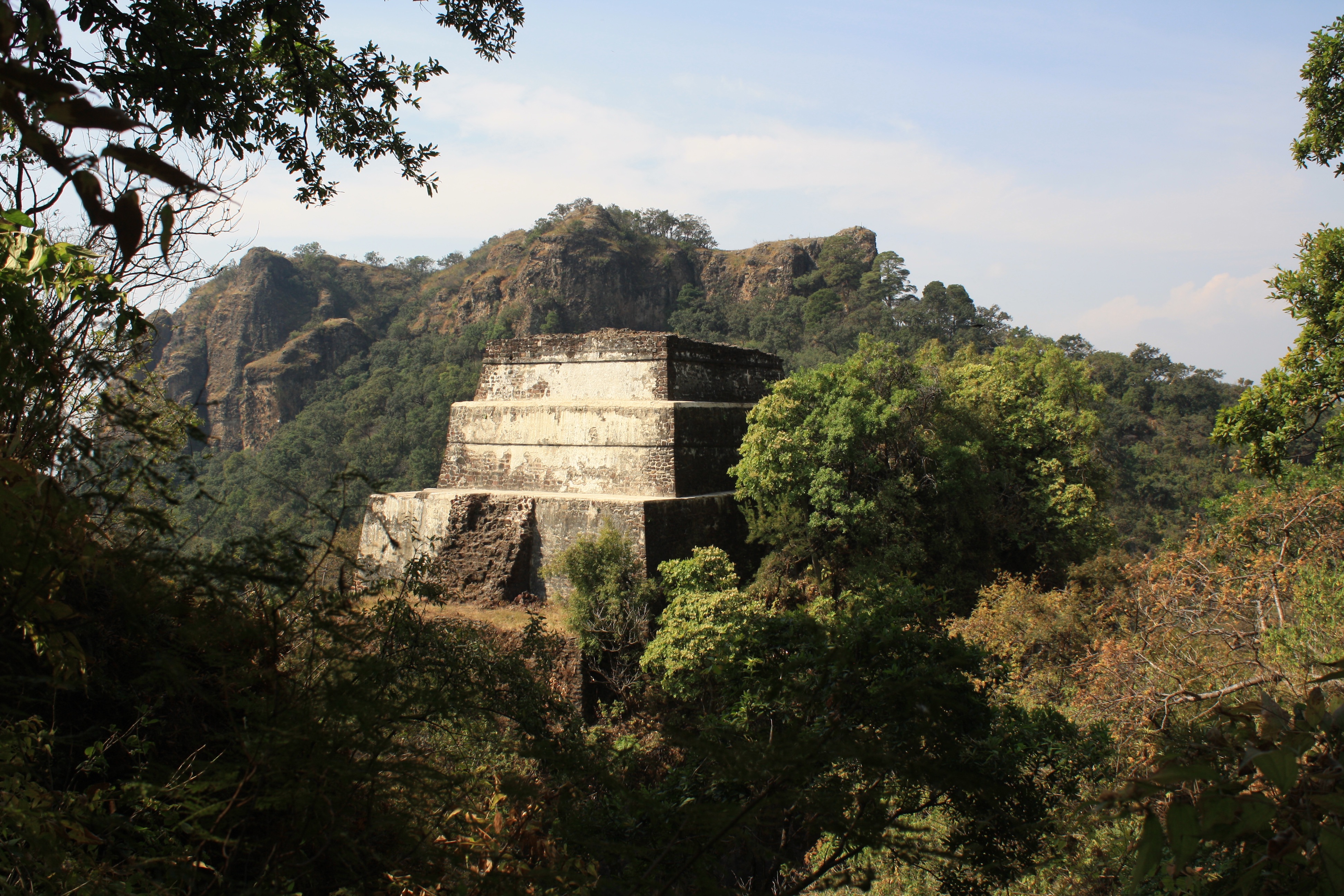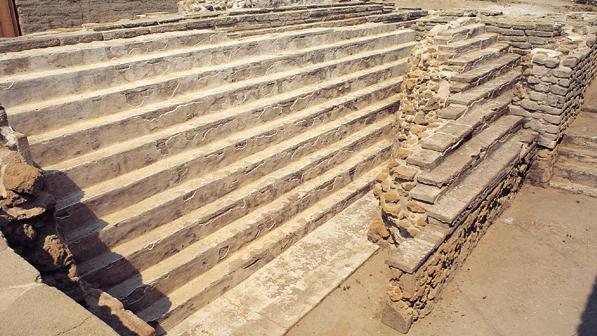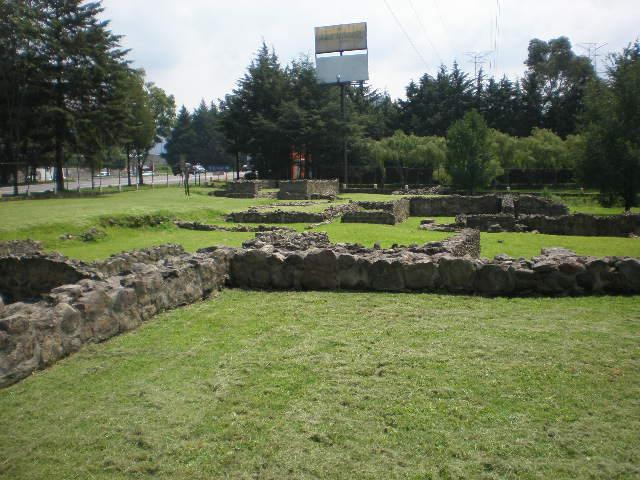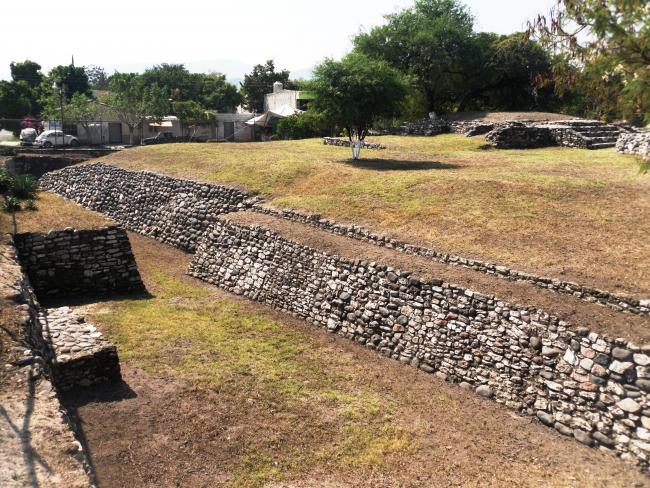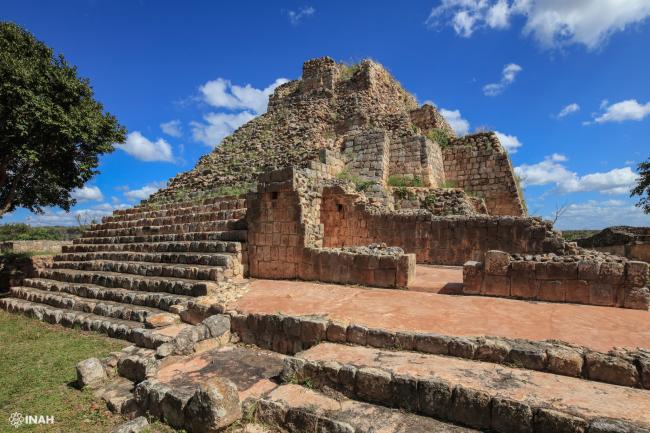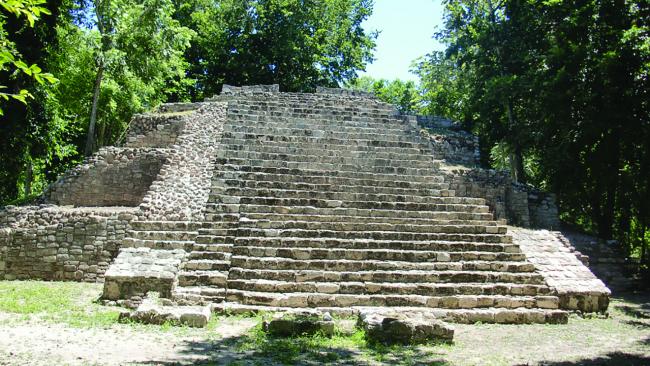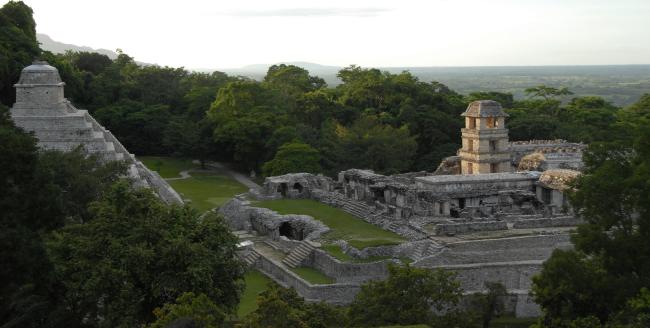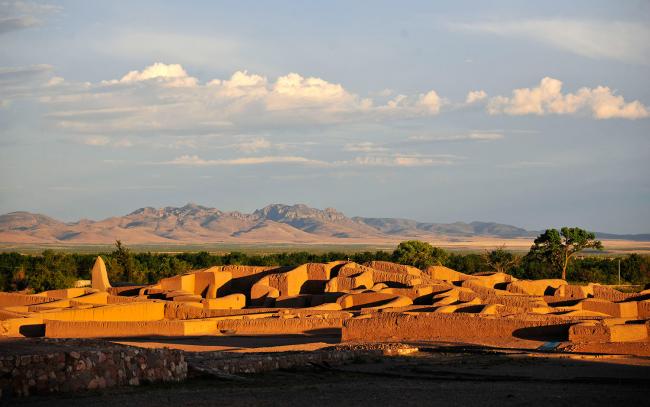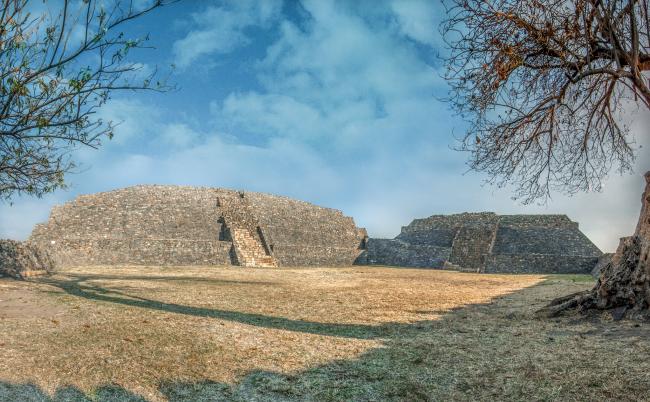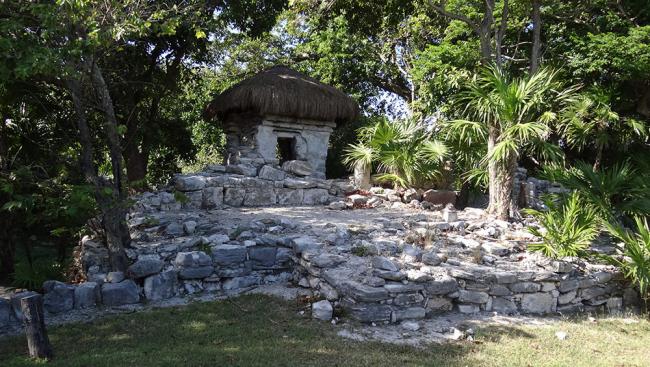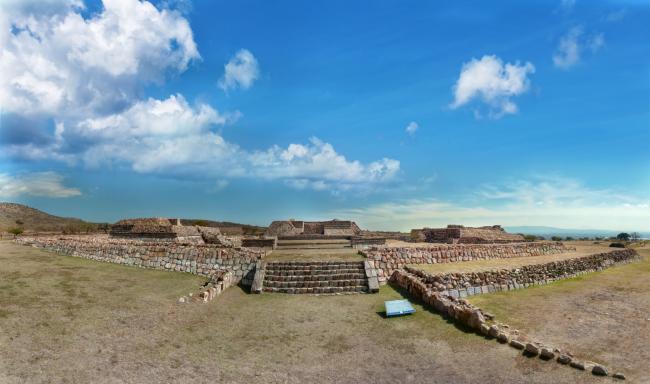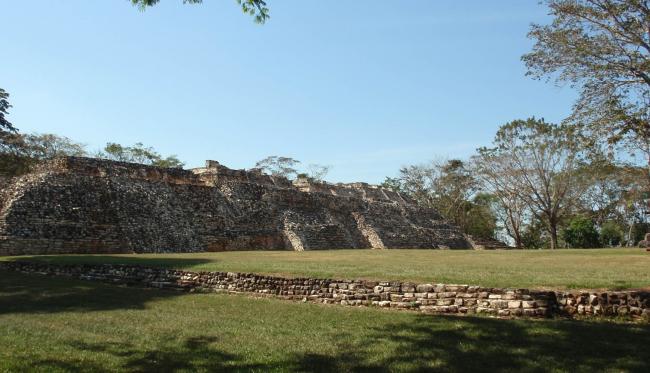
Zonas Arqueológicas
Ocotelulco
The remains of the most important Tlaxcalan fiefdom at the time of the arrival of the Spanish. In the remains of a small temple we can see an altar with polychrome decoration, an area of flint stones surrounding a large burning brazier, upon which lies the figure of Tezcatlipoca.
Ocoyoacac
Possibly inhabited by immigrants from Teotihuacan, this architectural complex is made up of clusters of very simple rooms.
Olintepec
This site was inhabited from 1500 BC up to the seventeenth century, serving as the center of government of the region, in one of the most fertile parts of the present-day state of Morelos. A great plaza and two sixteen-foot-high platforms testify to its past splendor.
Oxkintok
This site offers calendar inscriptions, beautiful stone columns of anthropomorphic design, stelae, pyramids, a labyrinth which is scary to get lost in and a secret door to the underworld. Oxkintok is little known although it is one of the most important and longest occupied Mayan settlements in…
Oxtankah
The largest and most important city of Chetumal bay. Its inhabitants were skilled navigators who paddled their canoes along the canals of the region and ventured into the Caribbean to trade. As well as the numerous structures, they built wells and “chultunes” (cisterns) for the supply of fresh…
Pahñú
With an extraordinary view of the Mezquital Valley, Pañhú was contemporary with Teotihuacan, but developed separately and survived 400 years after the fall of the great metropolis. Little known, its study could help us to understand the origins of the Otomi groups.
Palenque
A dazzling city (400 – 900 AD), it lay hidden in the jungle for many centuries, and was the seat of the powerful dynasty of king Pakal. It is home to fabulous temples, palaces, plazas, tombs, sculptures, and hieroglyphic inscriptions telling the history of the place. It was declared a World…
Paquimé
This site is famous for its adobe constructions and its T-shaped doors, which demonstrates the architectural skills of its ancient inhabitants. Toward the west of the city there is a row of structures built with stone and mortar which were probably coated in painted lime, and functioned as a…
Peralta
One of the largest sites in the Bajío region (330-750 AD), there is still a mystery about the ethnic origin of the people who inhabited it. The magnificent architecture is monumental, suggesting a ceremonial center.
Playa del Carmen (Xamanhá)
One of the first Mayan settlements seen by the Spanish conquistadors in 1518, opposite to the island of Cozumel. Its Maya name means “water from the north.” There are eight groups of small buildings lined up between the beach and the jungle; there are fragments of paint and one of the last Mayan…
Plazuelas
One of the most complex cities of the region, found in the southern foothills of the Pénjamo Range. It stands out because of its integration with the countryside (it was carefully built to preserve the harmony of its surroundings). Plazas, palaces, sculpture and thousands of splendid stone…
Pomoná
Rich stelae, sculptures, tablets, and hieroglyphic inscriptions allow us to learn about its governors and the relations it had with other cities in the region. An independent political entity (600-800 AD), it played a vital role in the trade along the Usumacinta River.

